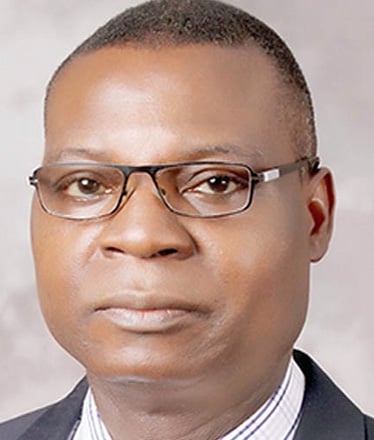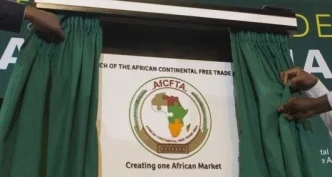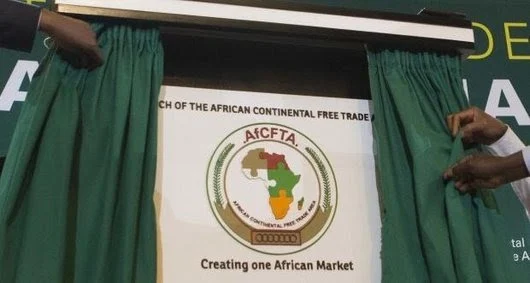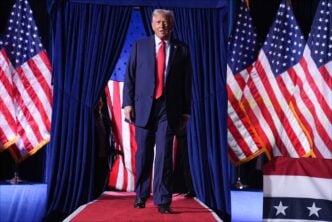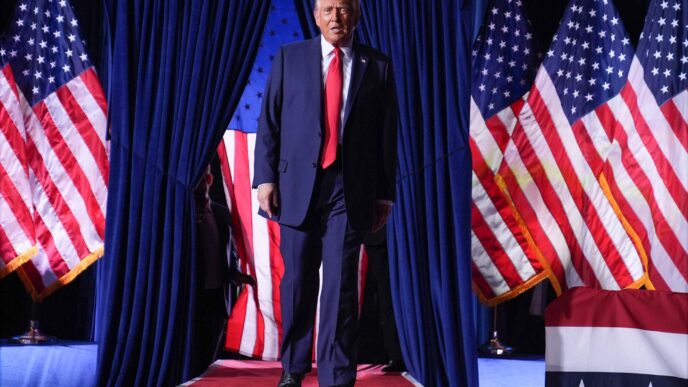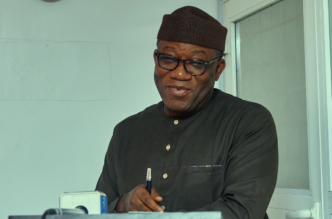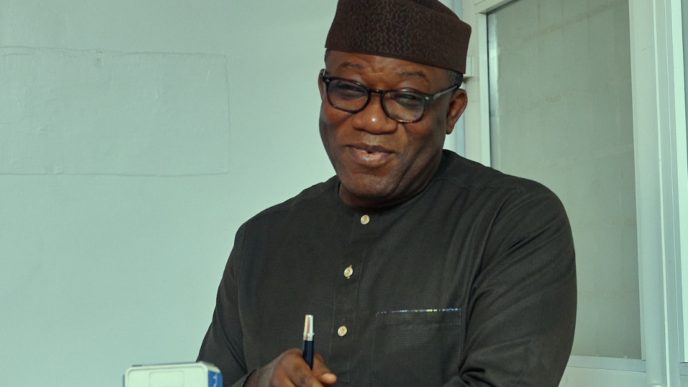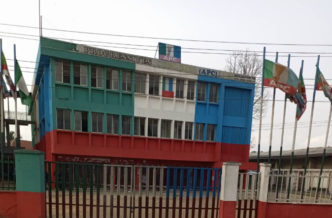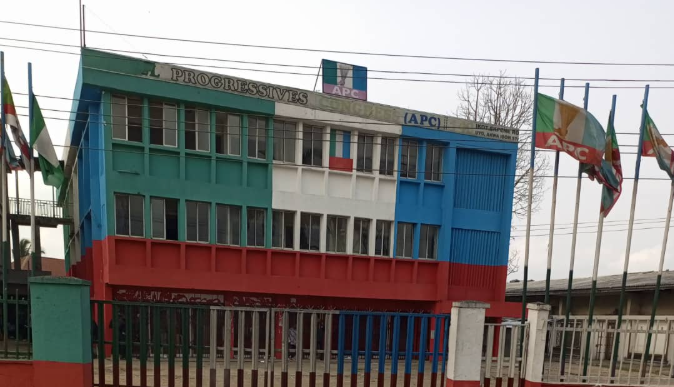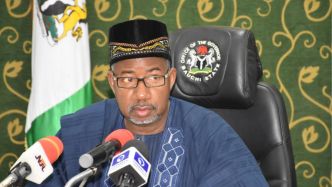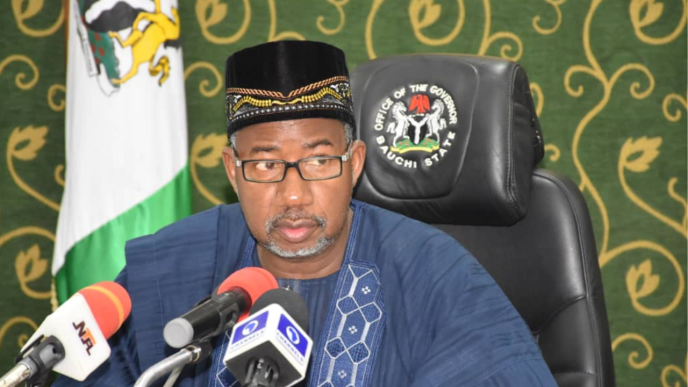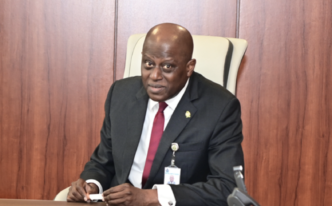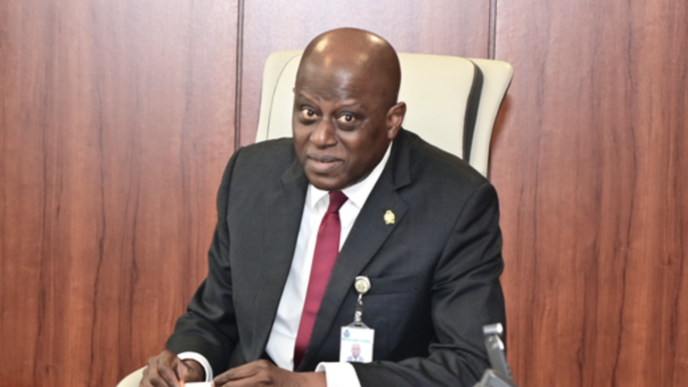The responses to the tariff adjustment for telecom operators on January 20, 2025, by the Nigerian Communications Commission (NCC), clearly demonstrate that Nigerians are not a conquered people yet. That, in spite of how the socio-economic conditions have impacted them harshly to endure subhuman living, they can still find their voices from the ruins of such chaotic existence. Thank God for democracy no matter how very obtuse.
The operators wanted a hundred percent hike. The regulator granted 50 percent. The subscribers see the development as an overkill, one load too many. The Nigerian Labour Congress (NLC) is rallying its members for a nationwide protest. The National Civil Society Council of Nigeria (NCSCN) has asked the NLC to reconsider its position because of industry facts released to them by the regulator. Quite a number of people are speaking on the subject with quite a sizeable number pleading emotions as their very strong point.
“The Leadership of NCSCN, having clearly conducted a forensic analysis of the facts and figures available on this burning national issue, sincerely sympathises with the NCC in the dilemma they find themselves, cut between a Nigerian People that have been pushed into the walls owing to biting economic hardship, and Telecom Service Providers whose businesses are equally endangered as a result of same inflationary factors and unfavourable environmental conditions,” the organisation stated.
Quite a flurry of frenetic activities, not because of the increase in the prices of foodstuff or the hike in electricity tariffs, now denominated in bands, or the cost of petrol or diesel, but telecoms. They say the operators don’t want us to be able to communicate any more.
Advertisement
As I write this material on Monday night, words came in that the Nigerian Government just had a high profile meeting with NLC, prompting the latter to backpedal on proposed protest. Some decisions had also been reached on the way forward. The meeting was at the instance of the Government.
“So, the summary of it is that Labour and the Nigerian Labour Congress specifically and the delegation of the federal government have set up a committee of five each. We are going to meet here continuously for the next two weeks. And at the end of the second week, we will now come up with a recommendation that we will give to the government and the organised Labour for final consideration,” a government statement said.
In the ensuing bedlam, the regulator quietly released the latest industry statistics on the Commission’s website. The figures are quite revealing and should trouble everyone who wants to continue to use telecom services in an industry that should by now have earned maturity status. The site was last updated on January 30, 2025.
Advertisement
The statistics reveal some discomforting market positions and movements and, in plain summary, an industry in a clear state of hibernation needing serious motion to untangle it from that freeze. Since the Government and Labour will be meeting for the next two weeks on a regulatory decision by the NCC, I find it relevant that the statistics are served here with some annotations.
By December 2024, total active lines stood at 164,926,599 while the teledensity is 70.08 on a projected population of 216m after rebasing from a previous figure of 150m.
The stats per operator are as follows: Airtel – 56,619,381 (34.39%), 9MOBILE – 3,283,270 (1.99%), Globacom – 20,139,951 (12.23%), and MTN – 84,607,831 (51.39).
Look at the figures closely. 9MOBILE that had over 23m in 2015 has nearly disappeared from the industry radar, thus complicating the activities and operations of the other operators. The organisation is not dreaming expansion at this time but it’s unable to even maintain its network infrastructure. It is a devastating minus for an industry that should be building for the future.
Advertisement
Globacom is doing over 20m lines after it lost a significant number recently from an action by the NCC. This writer is aware that the organisation is clawing its way back. Afterall, it has a network might, including an undersea cable from Europe, so it stands in a good position to withstand every vicissitude. The place of Globacom retains a significant value in the industry.
From the stats, MTN maintains a clear lead with Airtel running a distant second. The interesting thing is that both of them are running at a loss as stated in their annual reports previously. My concern then is, if the big players suffer losses, what happens to the smaller operators and the ones offering ancillary services, including tower operators?
The telecoms backbone consists of the following: 41.59% of 2G, 8.75% of 3G, 4G at 47.20%, and 5G, for which two operators – MTN and Mafab – paid $273.6m each in 2022, before Airtel paid another $316.7m in 2023, has hardly added much to the telecoms echo system. Rollout has been slow because of paucity of investment funds perhaps, and uptake is even slower.
Here are my observations. There is hardly a growth on the telecommunications network, instead there is considerable shrinkage. It means that transition to a robust digital economy based on state-of-the-art telecom facility rollout, will remain a mirage. There must be considerable efforts to grow the 4G network while it must be stated here that there are some operations that only 5G can enable. But 5G rollout is cost intensive and operators who are struggling to return to profit may not be in such financial health to engage in service expansion or new facility rollout.
Advertisement
Before a concluding analysis, some industry facts may be necessary here for further appreciation of the unfolding situation, and I state only two. One. Operational costs for telecommunication operators have gone up by over 300% in most cases. Given microeconomic challenges, and the cost of FX, they have it tough to purchase new equipment and upgrade their services. Two. Adjustments will remain within the tariff bands outlined in the 2013 NCC Cost Study and must comply with the recently issued NCC Guidance on Tariffs Simplification (2024).
What is the picture arising from the foregoing? Let me make the following observations. The industry is not in a good place and may not be able to power the sort of digital economy that the present administration is pushing to build. Nearly all the facilities are subpar designed only for voice communication. The NCC Cost Study on which the tariff adjustment was made was done in 2013. Since then things have really gone downhill, taking a fall that has been difficult to break. In 2013, inflation was 8.50%, the Naira was 160 to a US Dollar, and a litre of diesel cost about N165. Today, inflation stands at 34%, the US Dollar has climbed up to N1600 while a litre of diesel sells for N1200. The metrics are frightening.
Advertisement
The Committee has to carefully consider everything in the basket, the good, the bad and the very depressing. The members have a cardinal responsibility to build hope where hope is in serious deficit. It is a choice between the past and the future, between reality and emotions, while also taking into consideration that a regulatory decision has been taken which the government must handle with tact in order to retain confidence in the sector and not break the spine of the regulator as was done under the last administration.
If that decision suffers a setback, potential investors will think more than twice before considering Nigeria for future investments. While I make an appeal that emotions be confined to where they belong, I want to point out that how we treat investors in Nigeria today may decide the transformational development of the country in the future. No country ever grows alone no matter the depth of patriotism.
Advertisement
Views expressed by contributors are strictly personal and not of TheCable.
Add a comment
